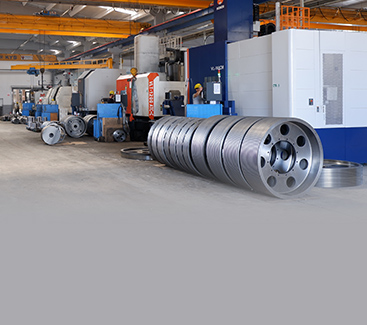CATEGORIES

At KYS Power Transmission Parts, we value a culture of cooperation and service.
Call Us
+90 332 342 10 64
E-Mail
Address
Buyuk Kayacik Mahallesi K.O.S.B. Kuddusi Caddesi
No:13 Selçuklu - Konya - Turkey
No:13 Selçuklu - Konya - Turkey
Timing Belt Pulleys

Features of HTD Timing Pulleys
Since HTD Timing Pulleys timing gears and belts have a toothed structure, they have absolutely no possibility of skidding. they work synchronously. They are also used instead of elements such as module gears and sprockets in cases where synchronous movement is needed. Since they are quieter, they also eliminate the rattles and knocks.
Aluminum gears and metal and steel gears are similar to chain mechanisms in principle, since they transmit motion in a closed manner. In terms of materials strap and pulley mechanisms, which have a lot of similarities.
- Timing pulleys does not require lubrication.
- It heats up less during operation.
- It works without noise.
- It allows the use of even very small diameter gears.
- The belt speed is 40-45 m/sec and the power can operate up to 400 Kw.
- In general, it can be manufactured in 2M,3M,5M,8M,14M profiles and steps, with pilot holes or conical bushings.
Where are Timing Pulleys Used?
- In situations requiring very precise position control, in areas where motors such as stepper motors and servo motors are used,
- When the shafts must rotate precisely at the same speed where motorized speed control is used, on conveyors - When the rotation suddenly stops .
- In belt systems where products need to be transported.
- To prevent corrosion and in machines used in the medical and food industry.
- At high speeds (5-10m/s) when no slippage in the cycle rate is desired
- In position situations where backlash is undesirable, such as in a chain and sprocket,
- In motorized speed control applications where the shafts must rotate precisely at the same speed,
- In cases where no scrolling is desired when the rotation stops,
- In conveyor systems where products need to be transported in conveyor systems,
- In machines used in the medical or food industry where rust is undesirable
- At high speeds (5-10m/s) when no slippage in the cycle rate is desired,
